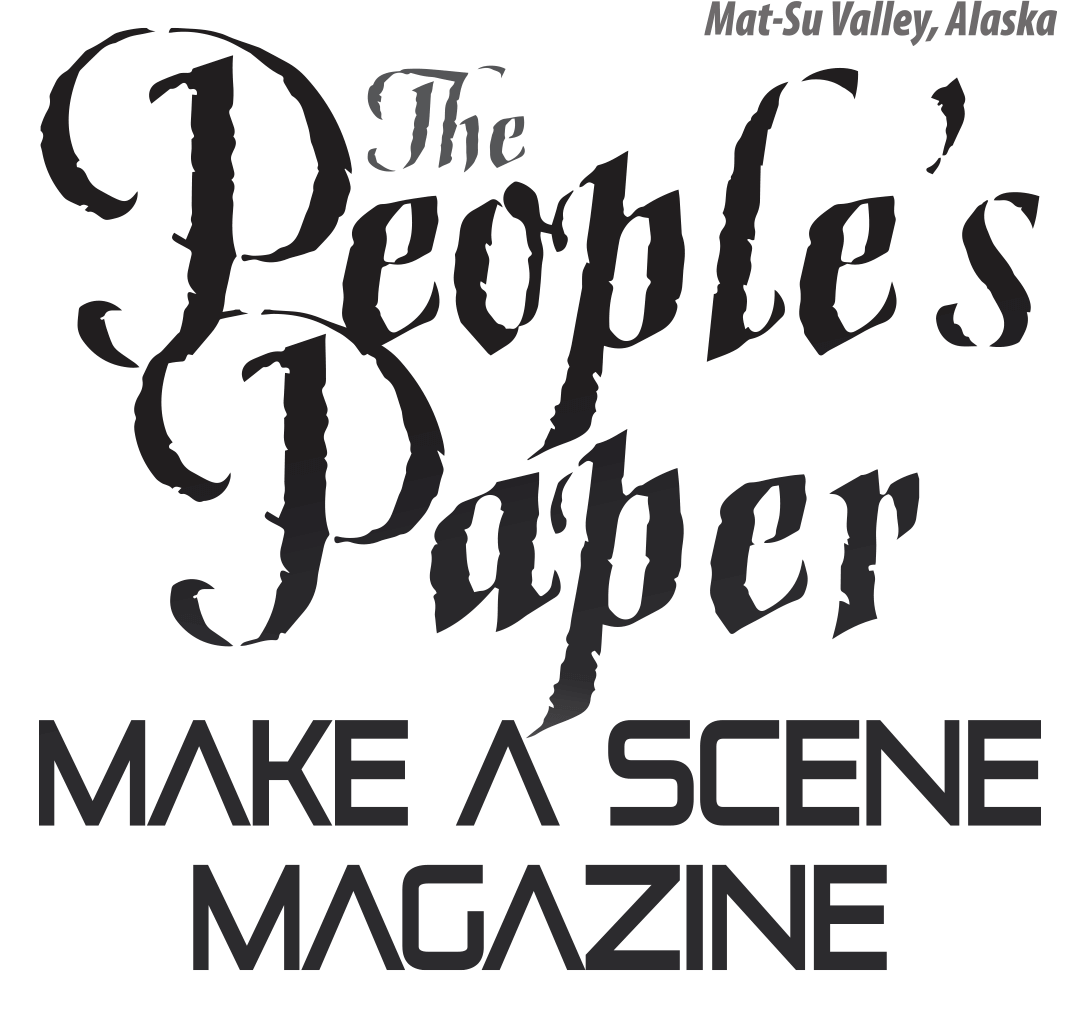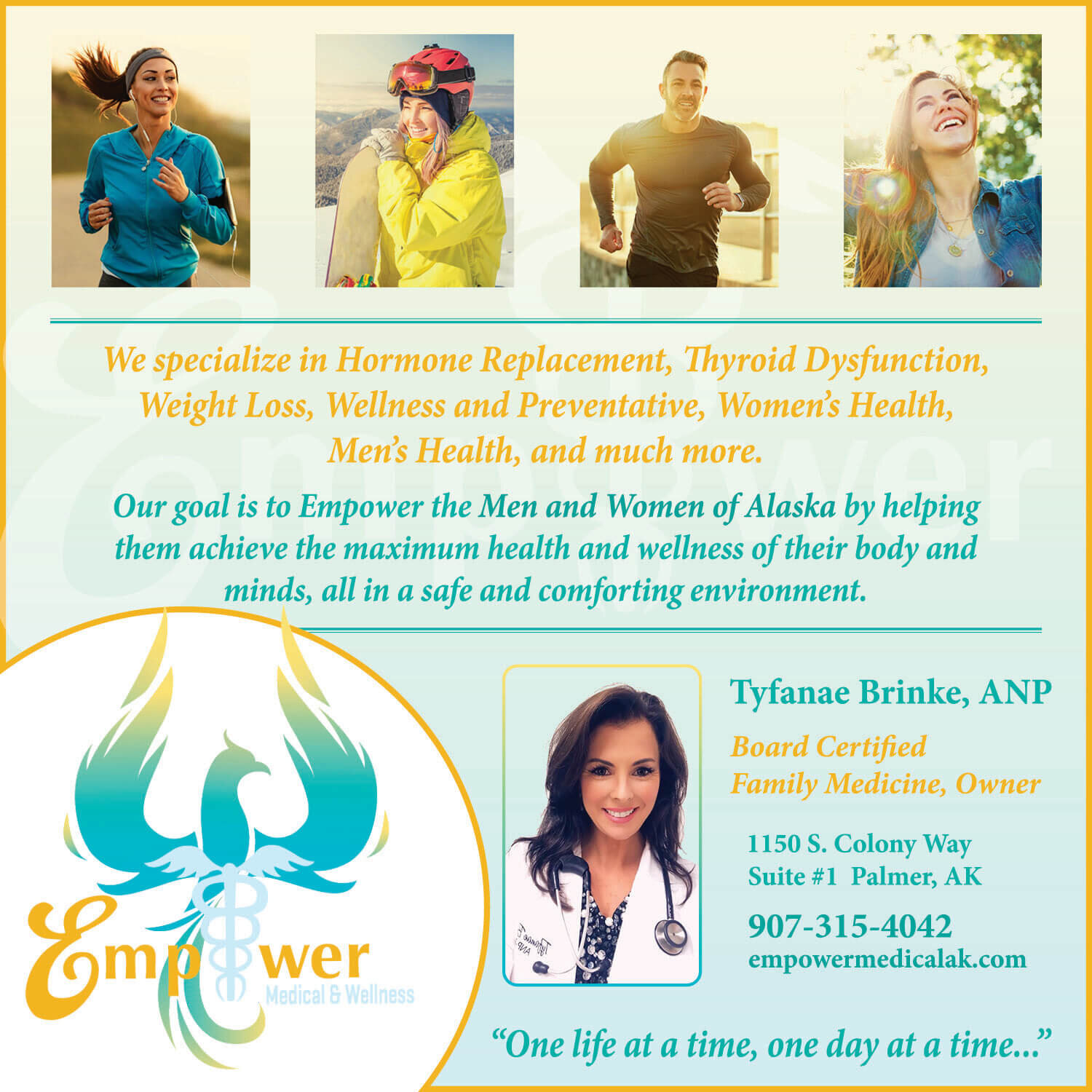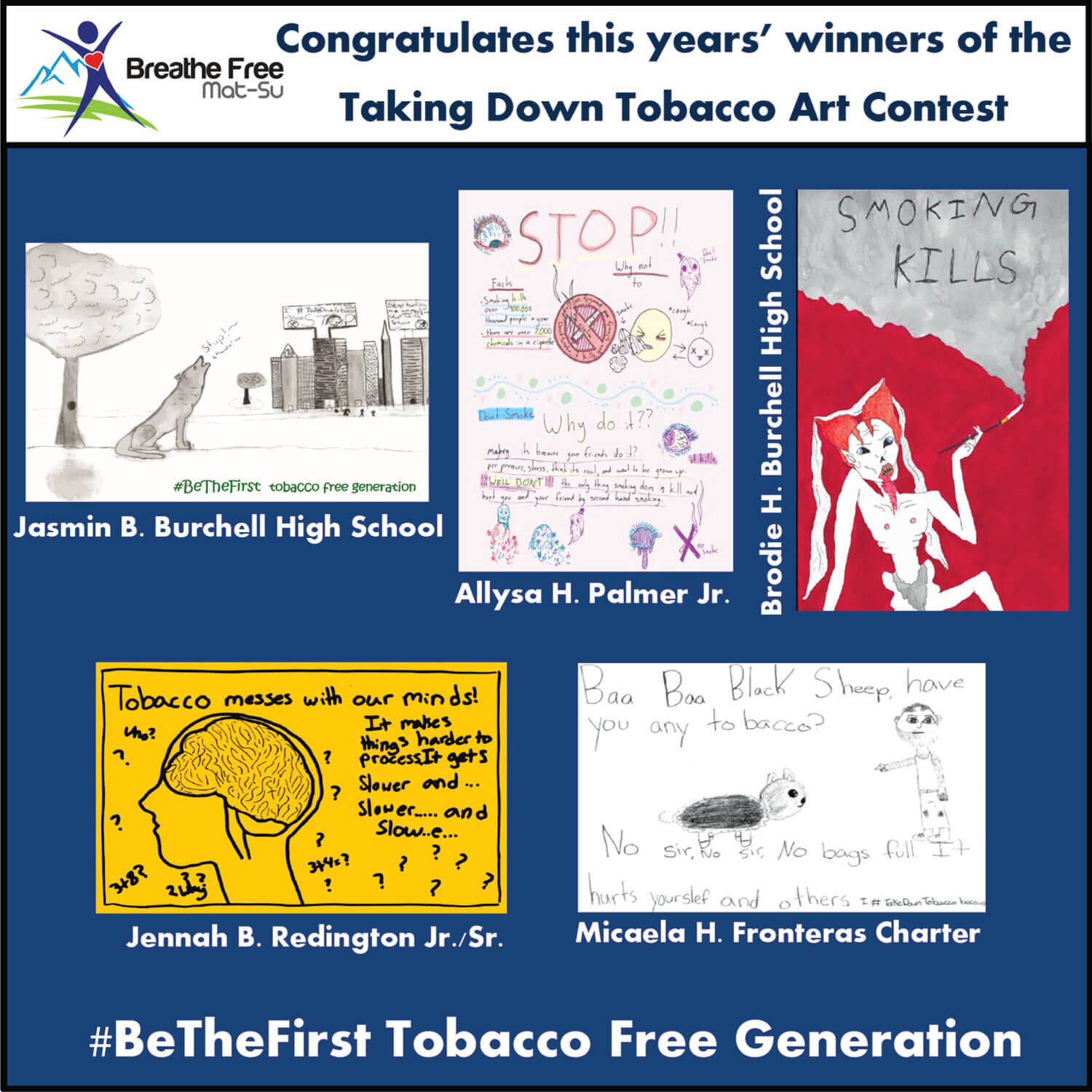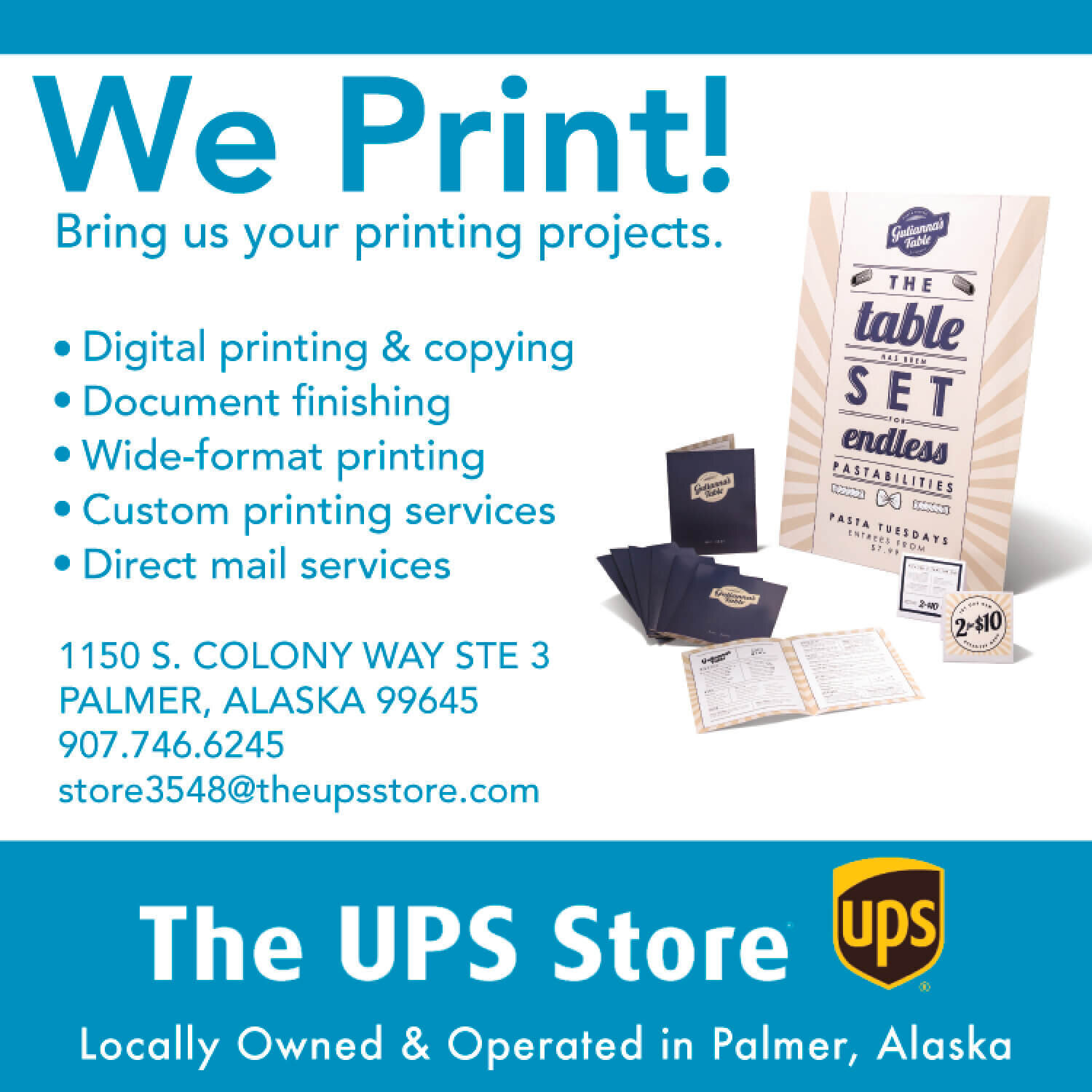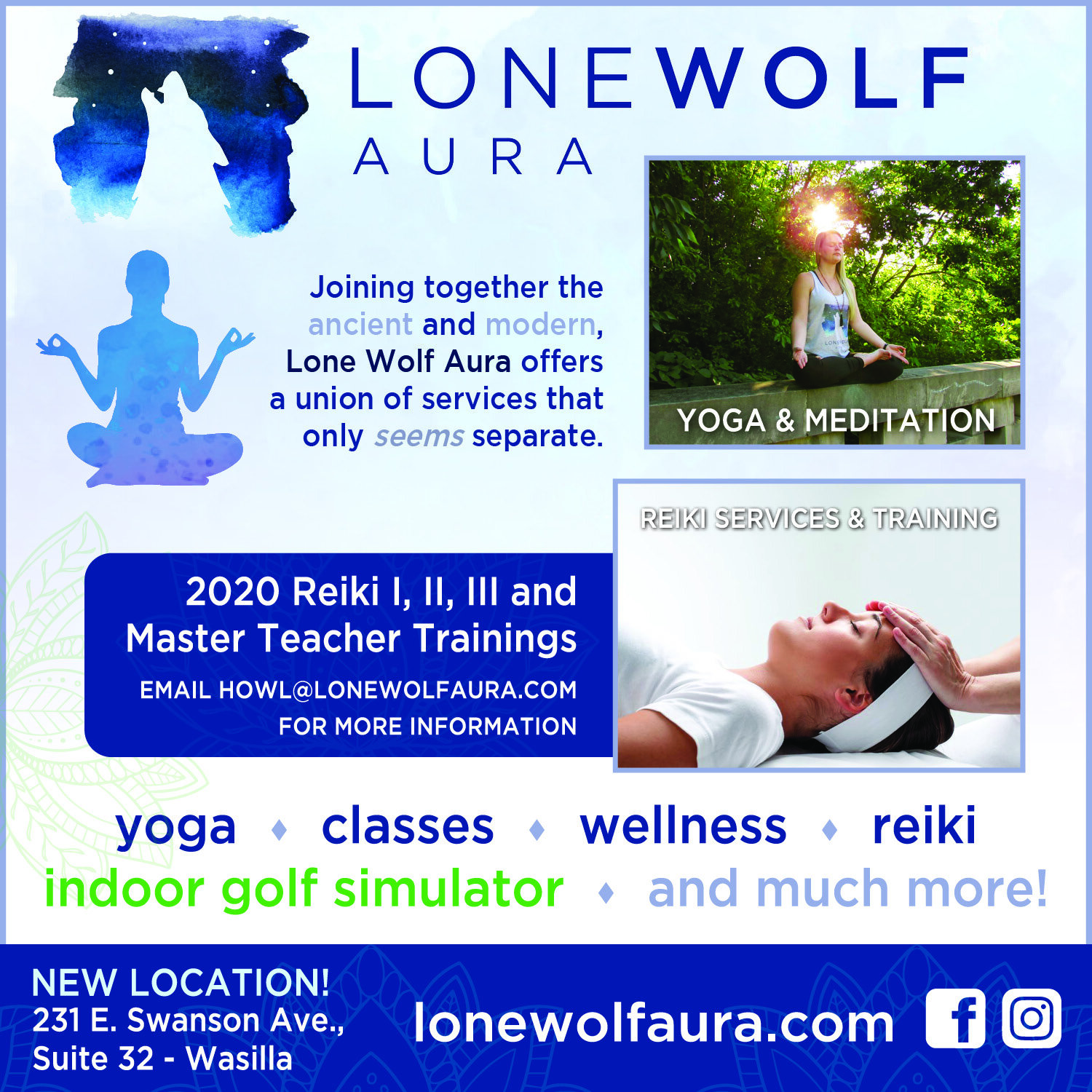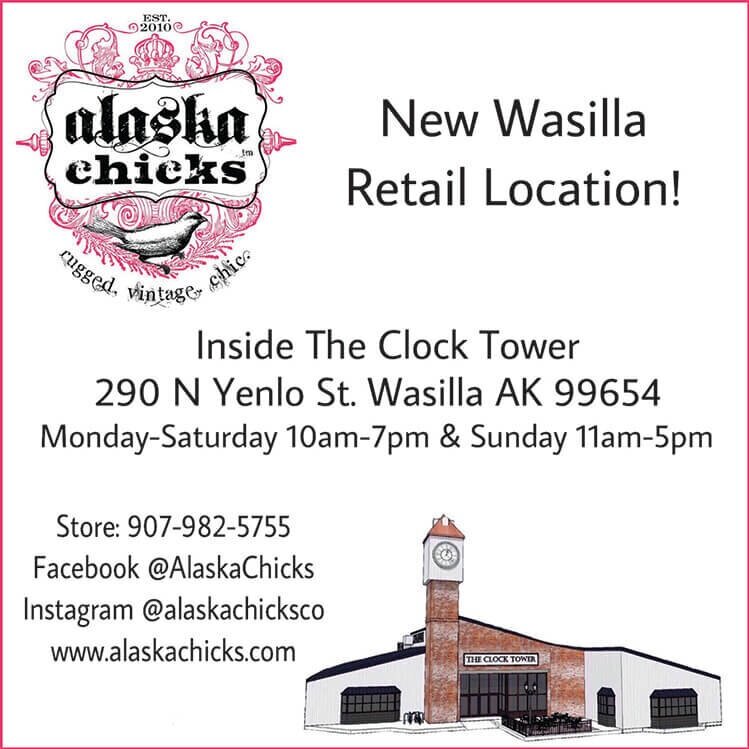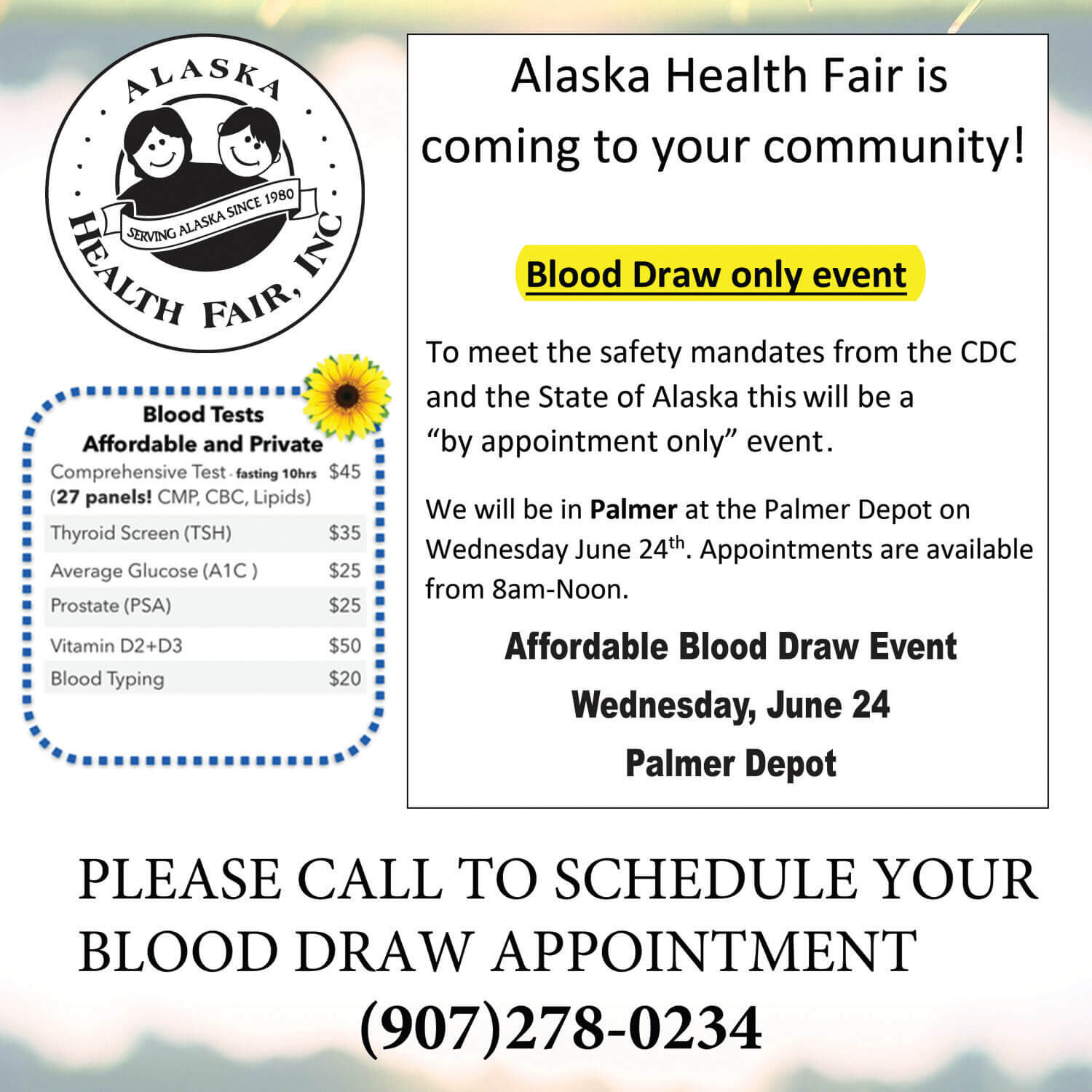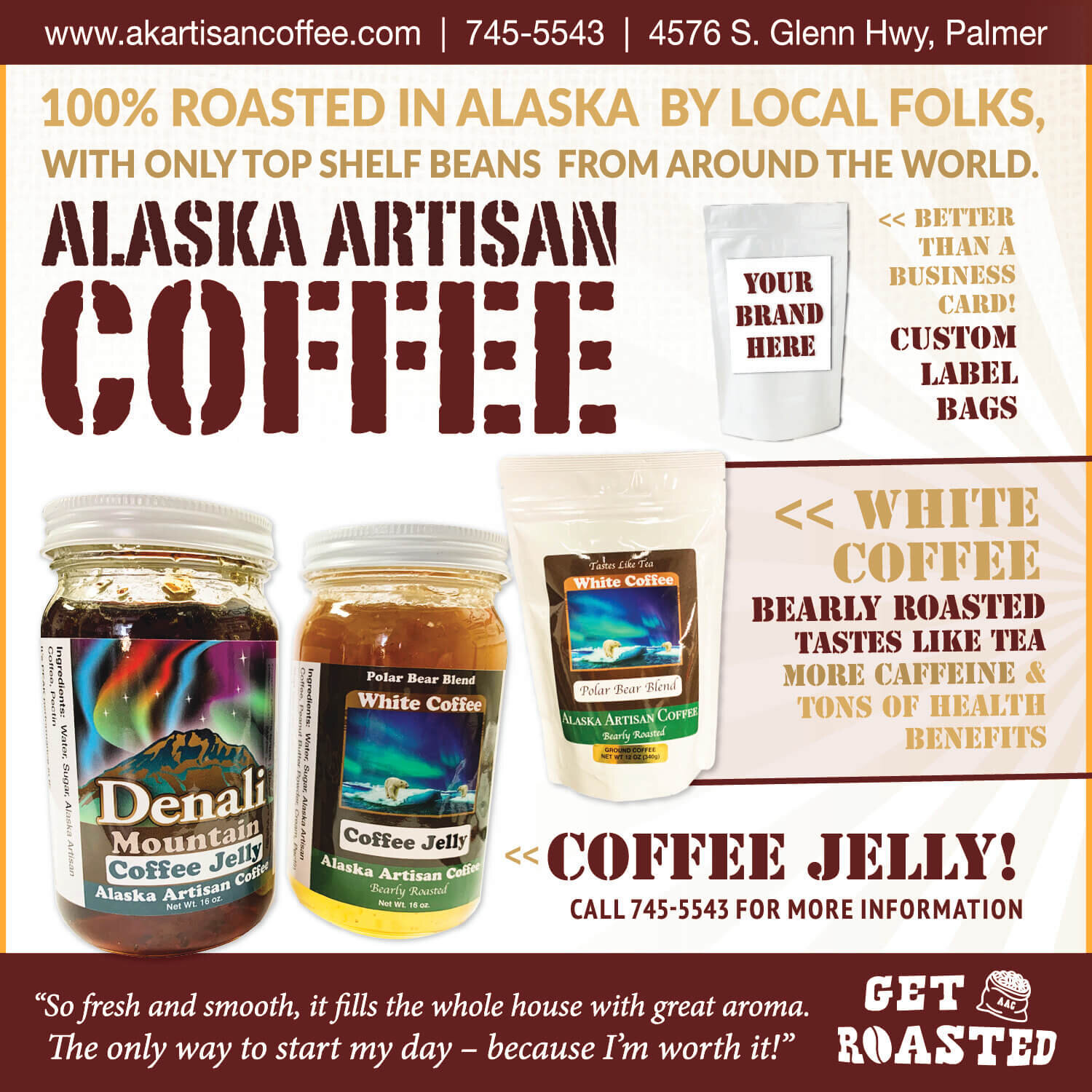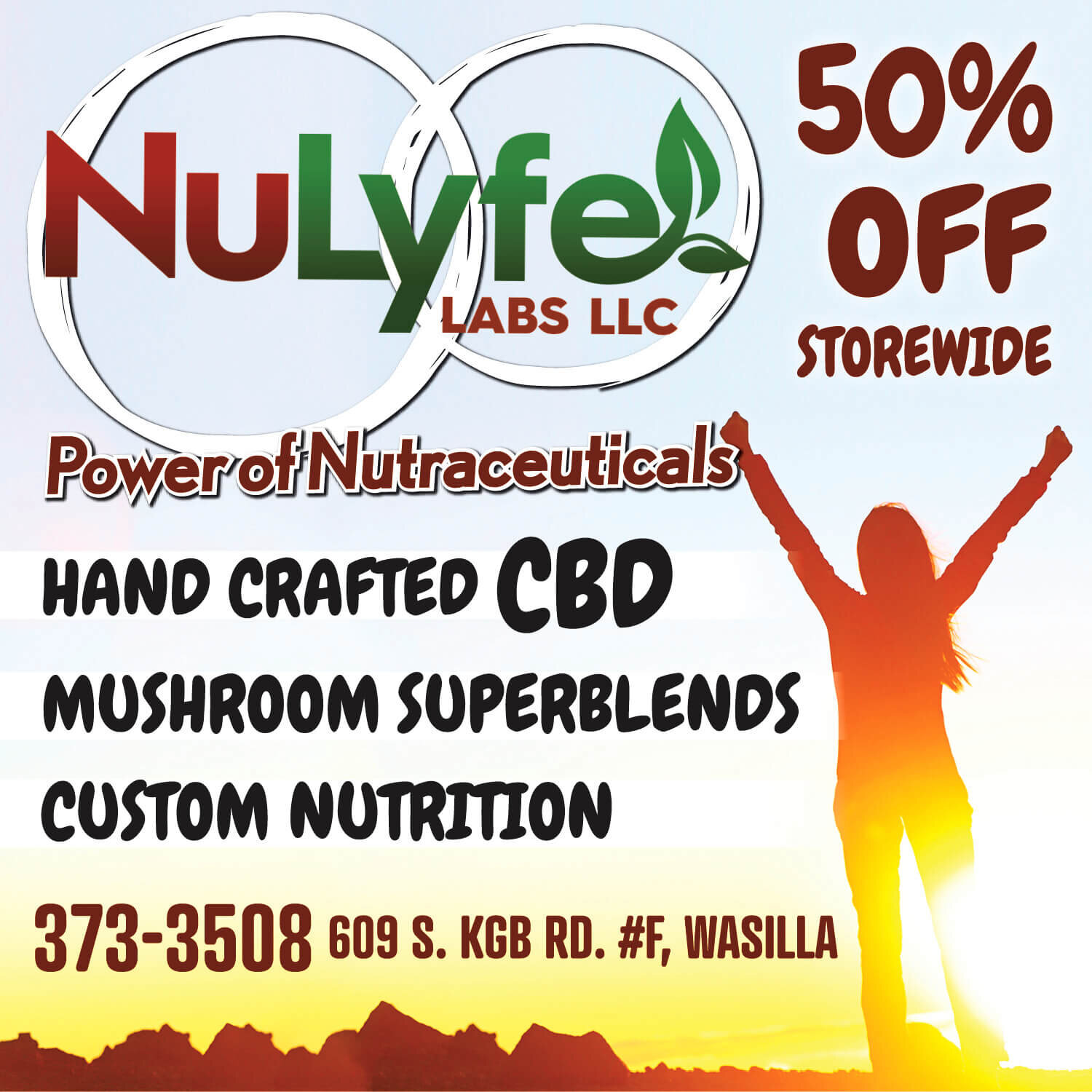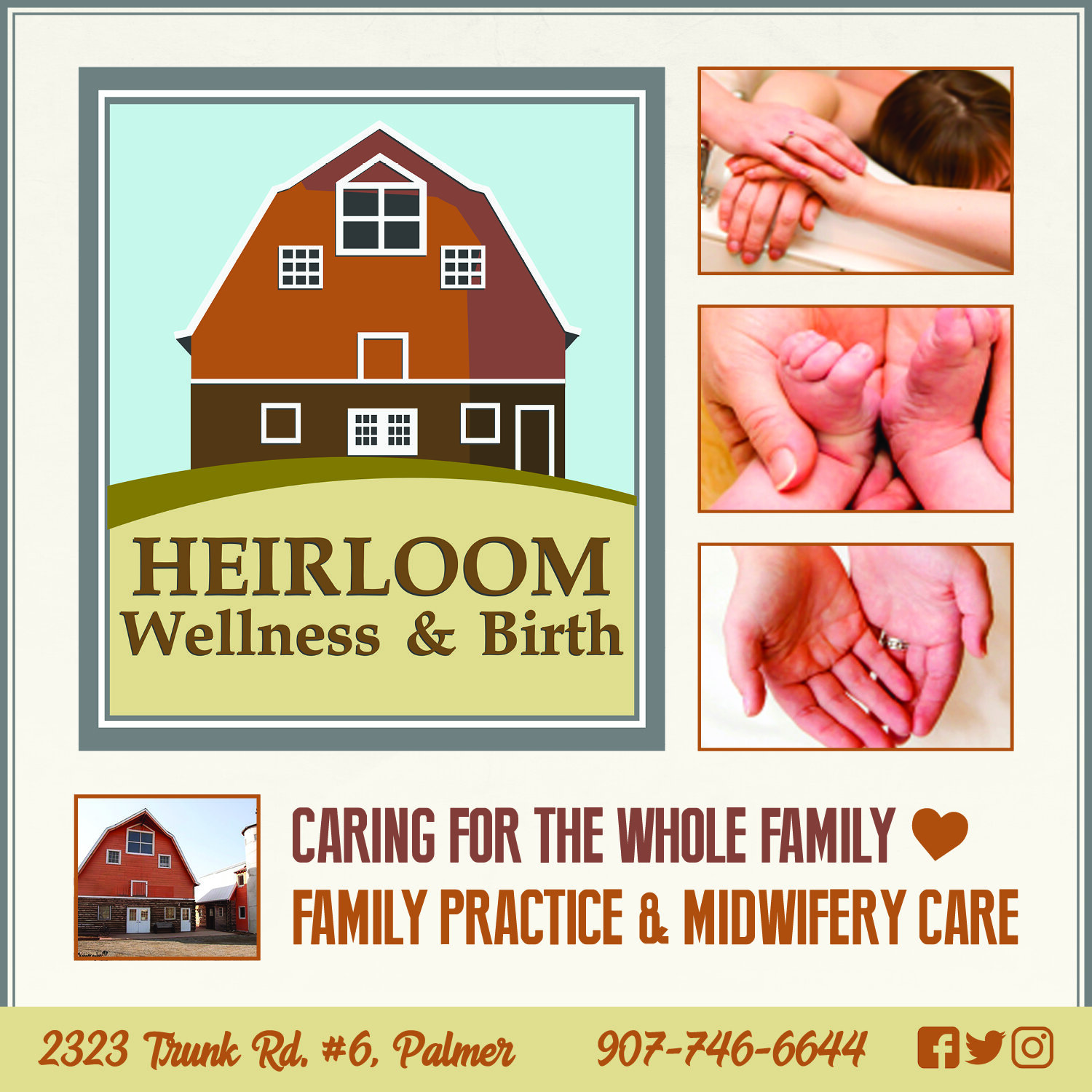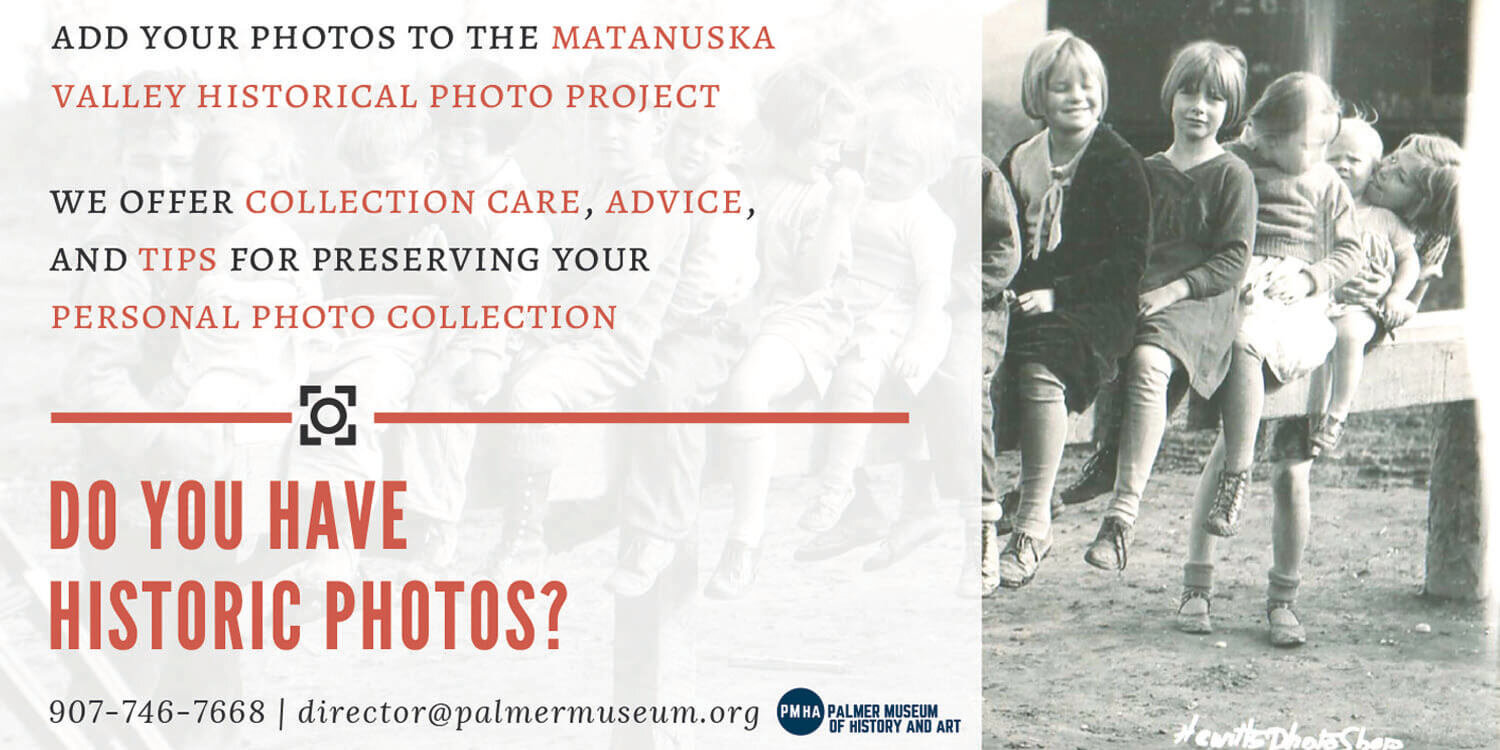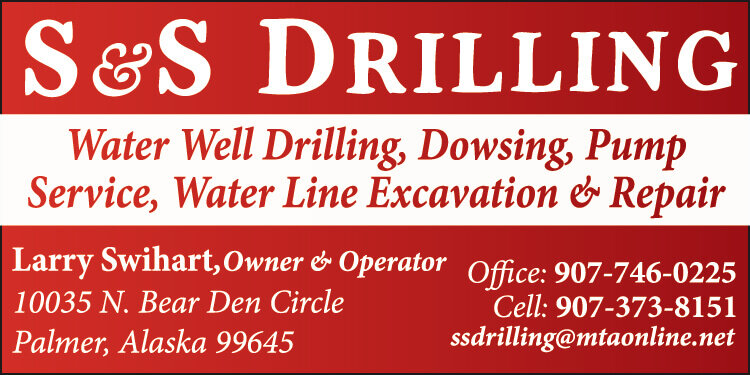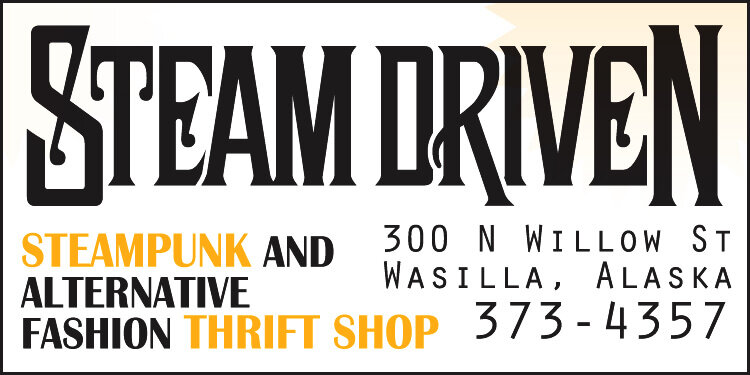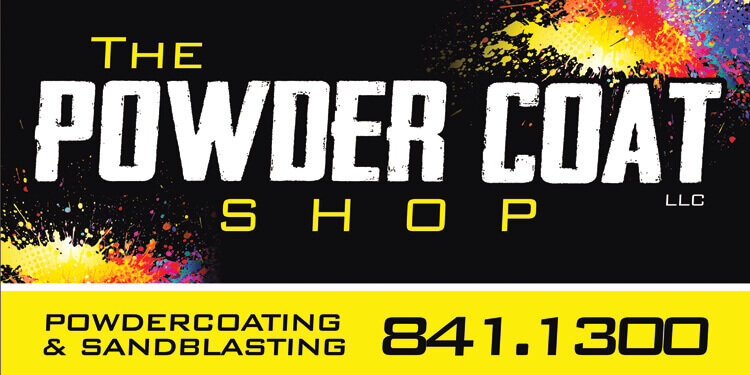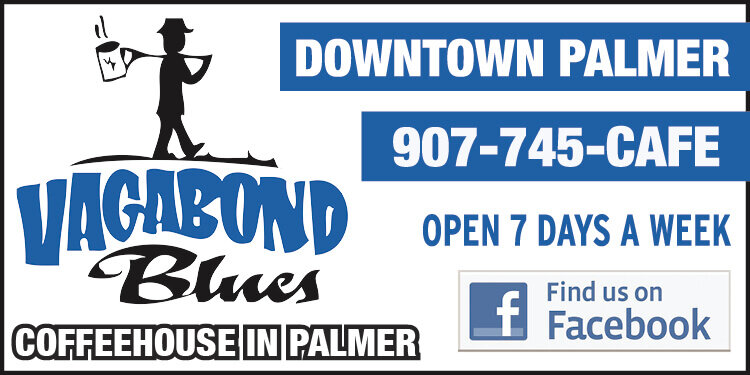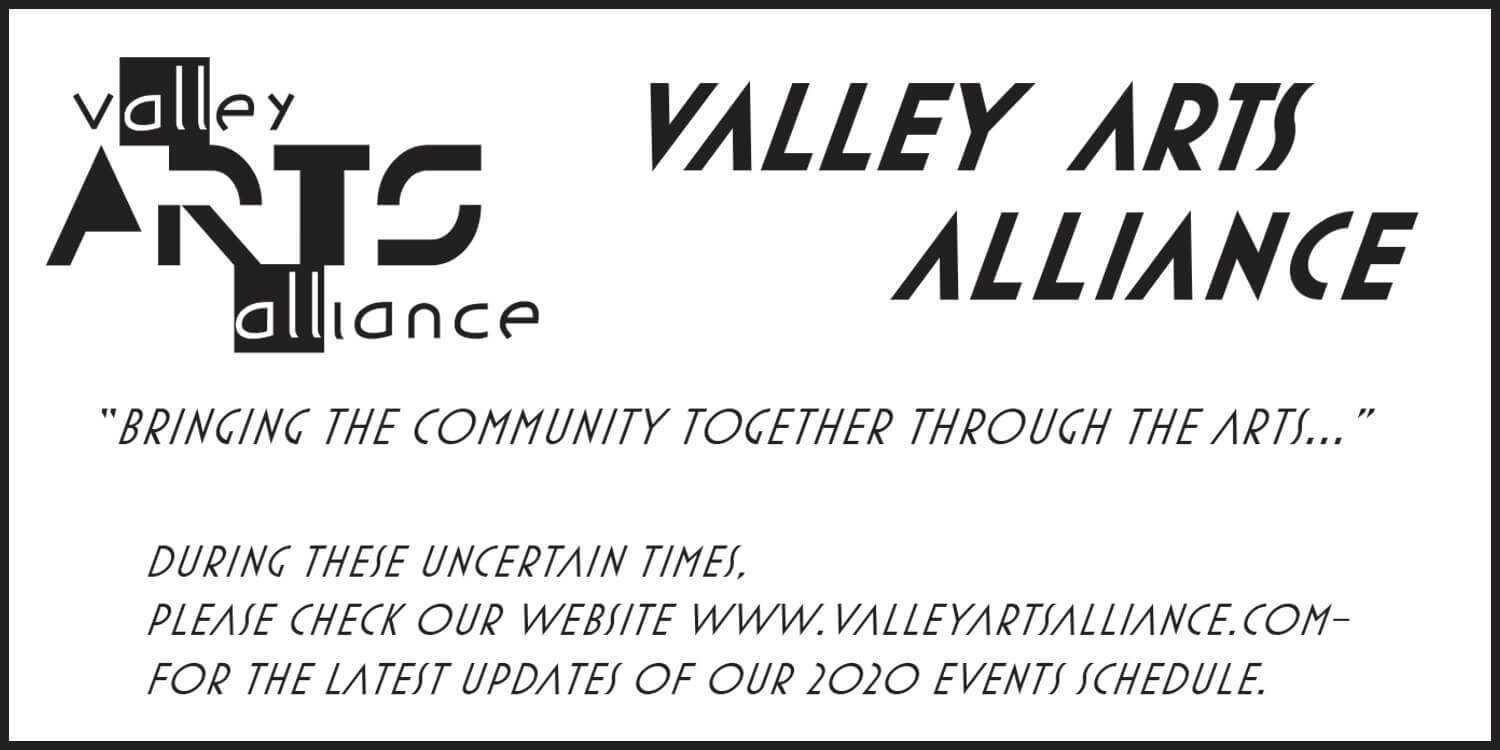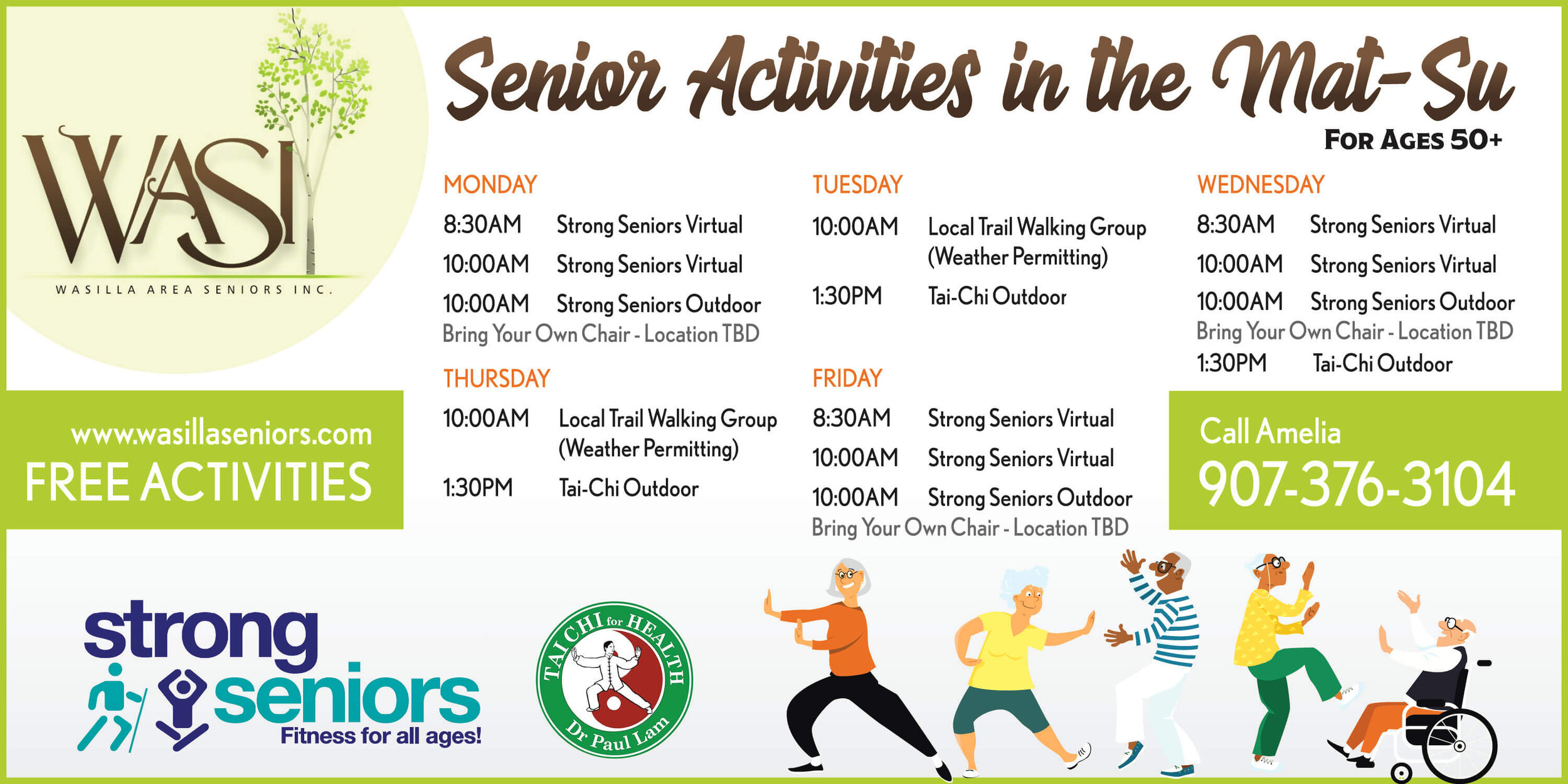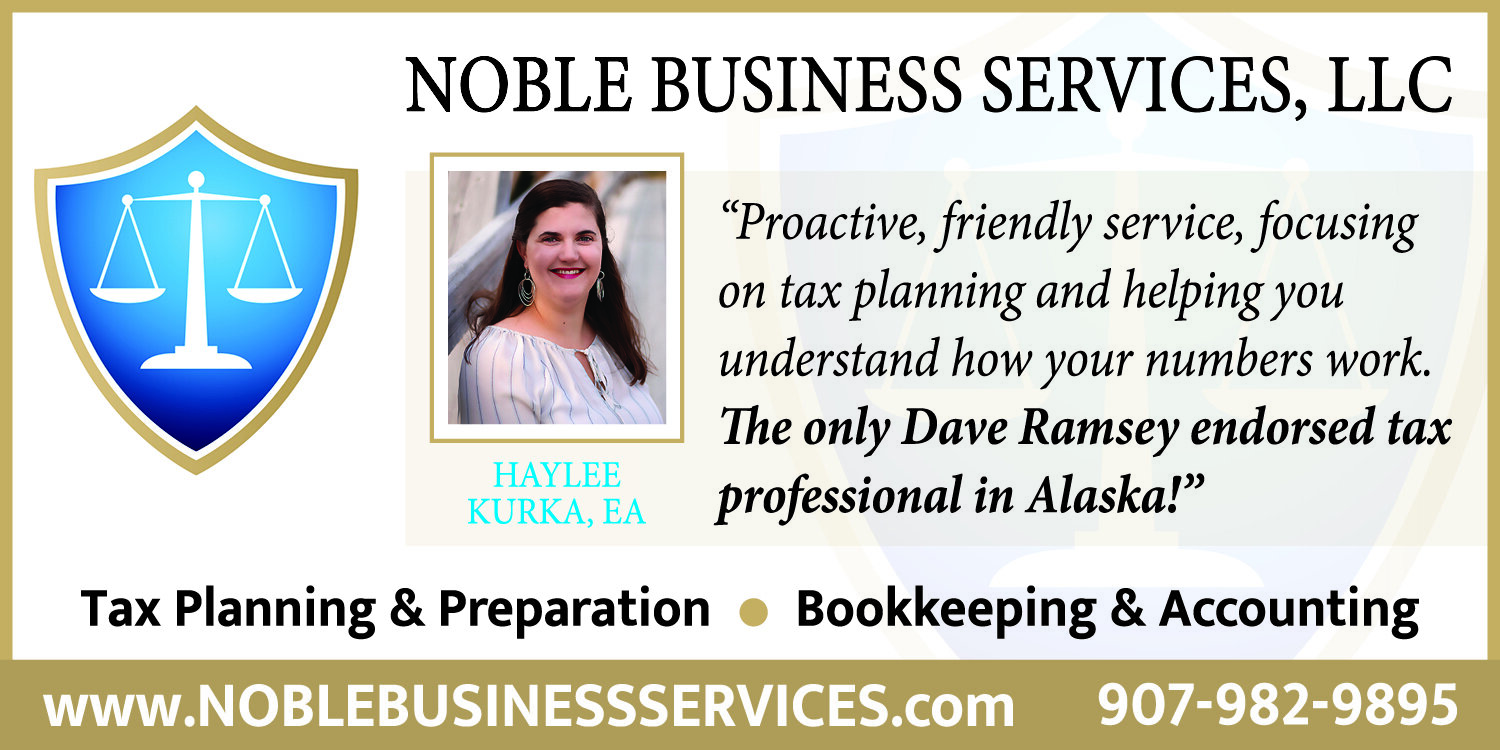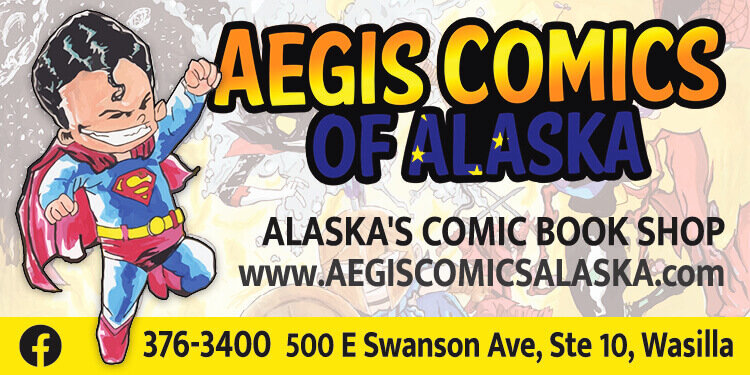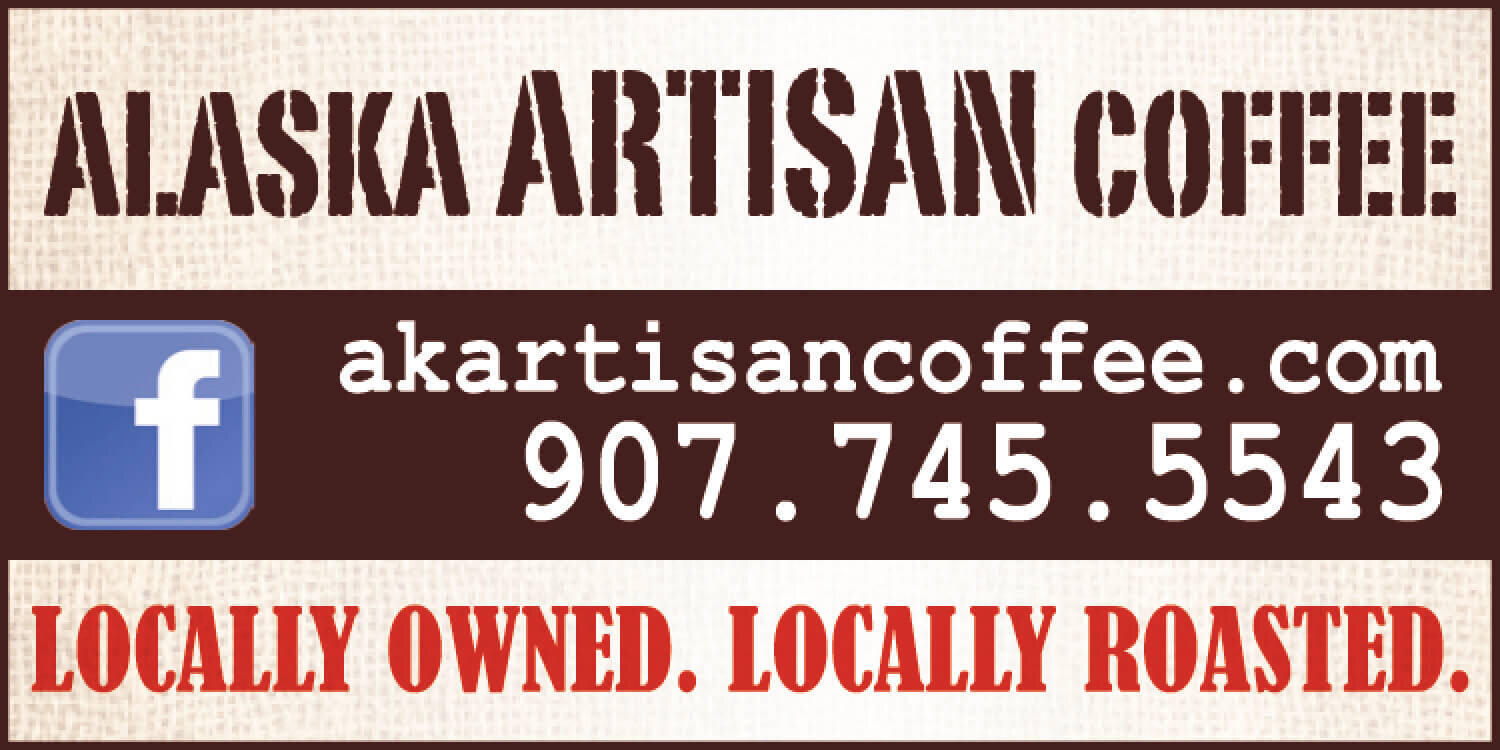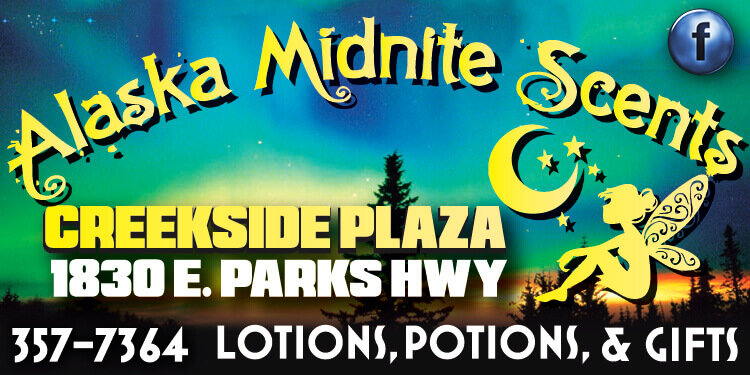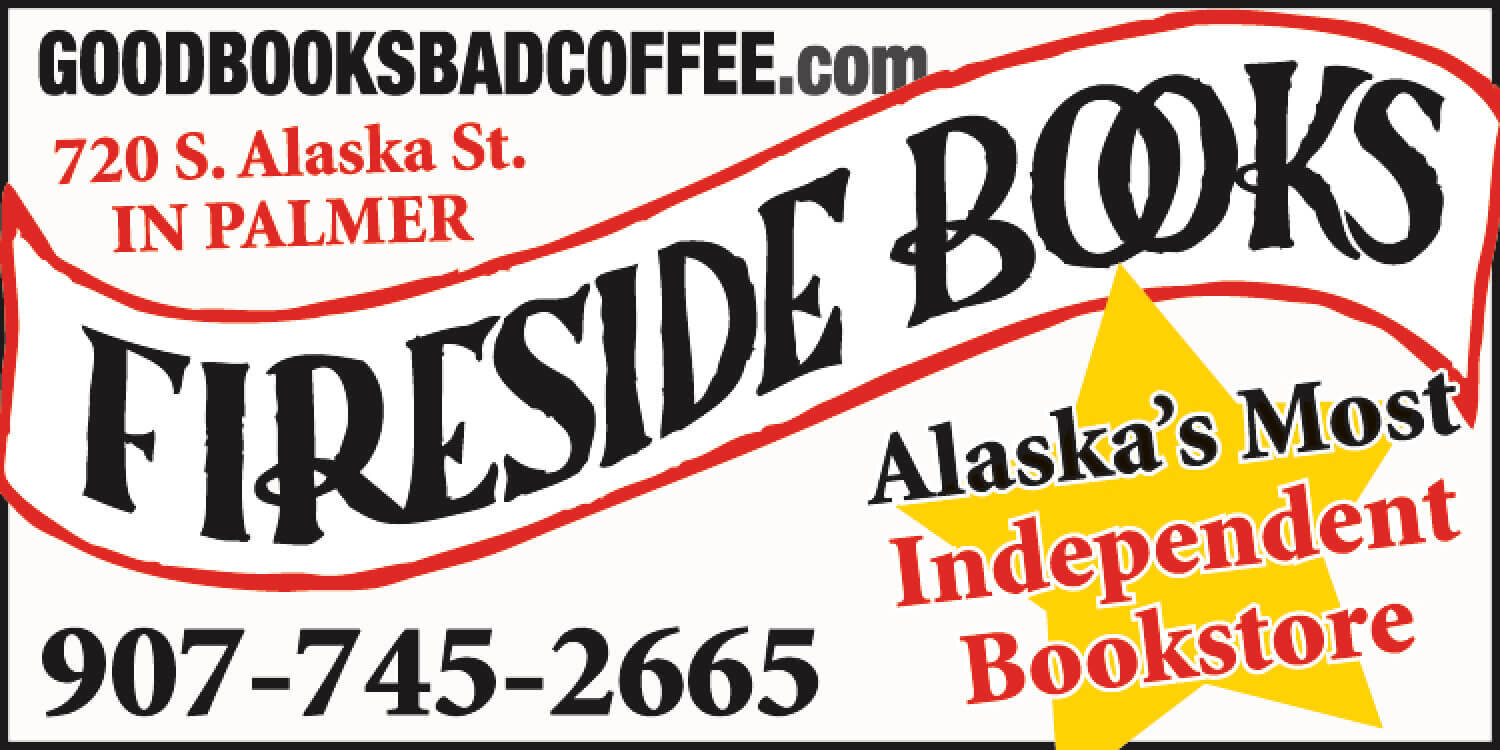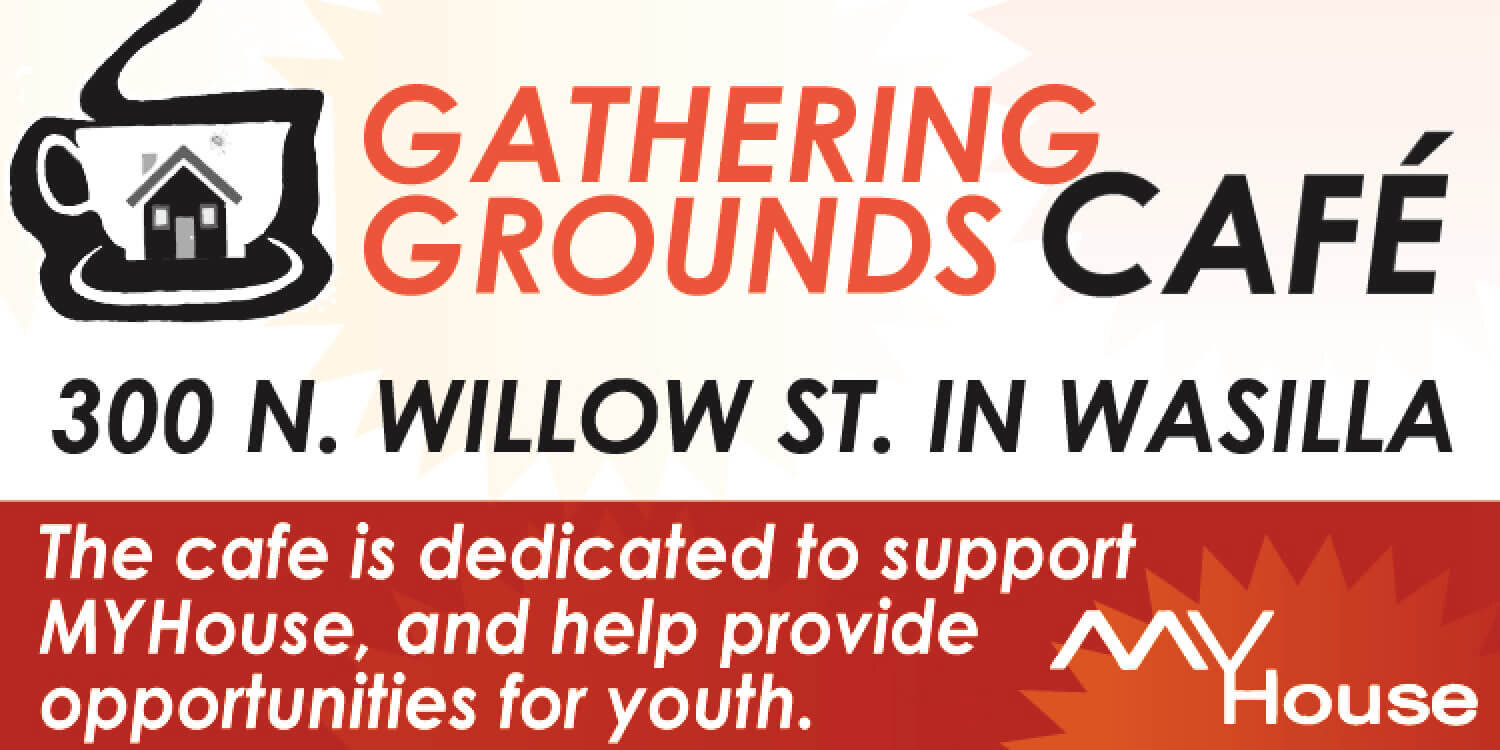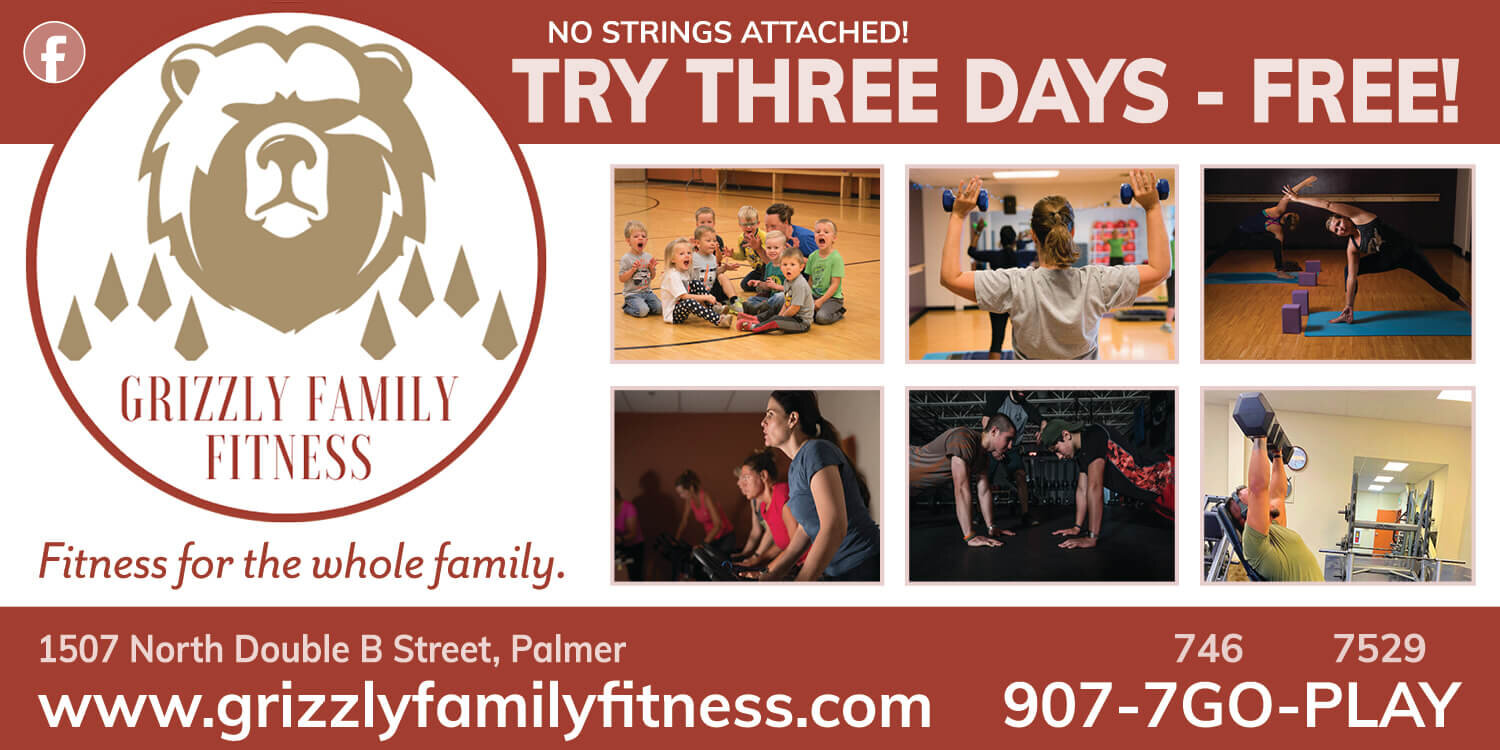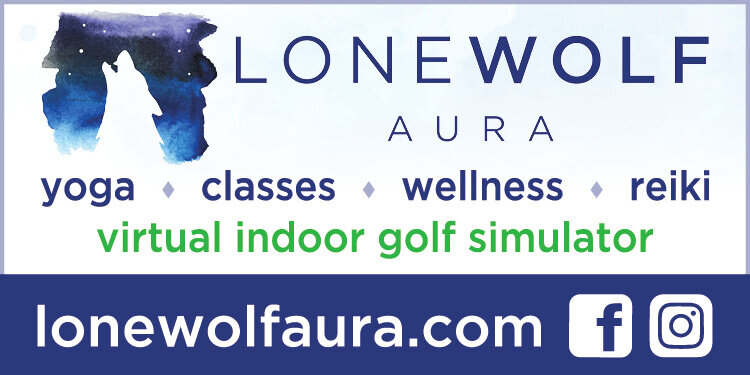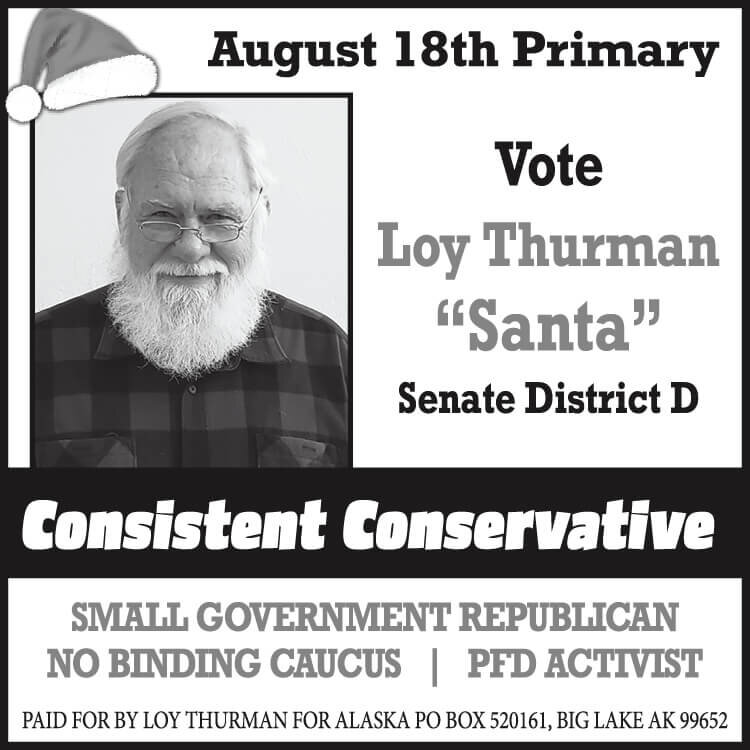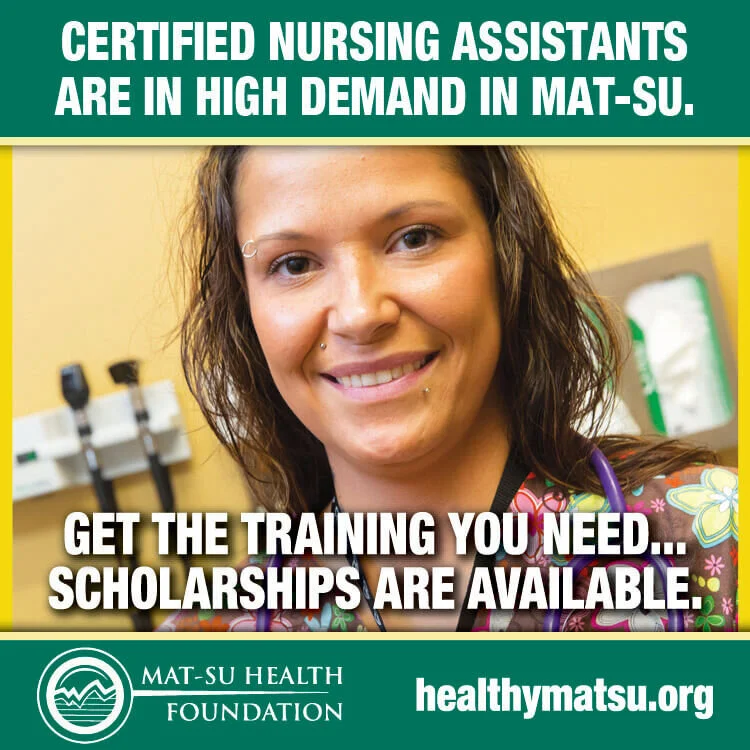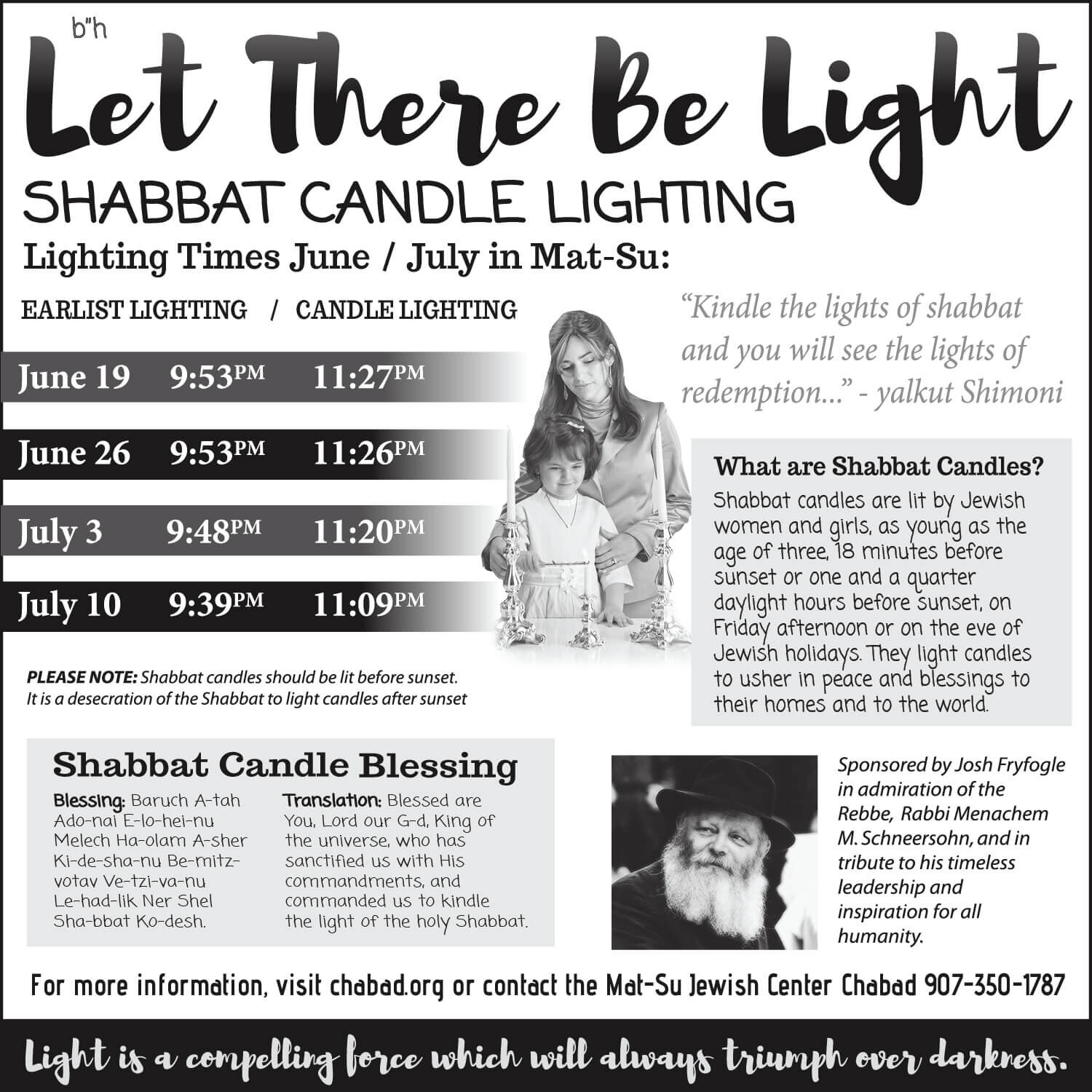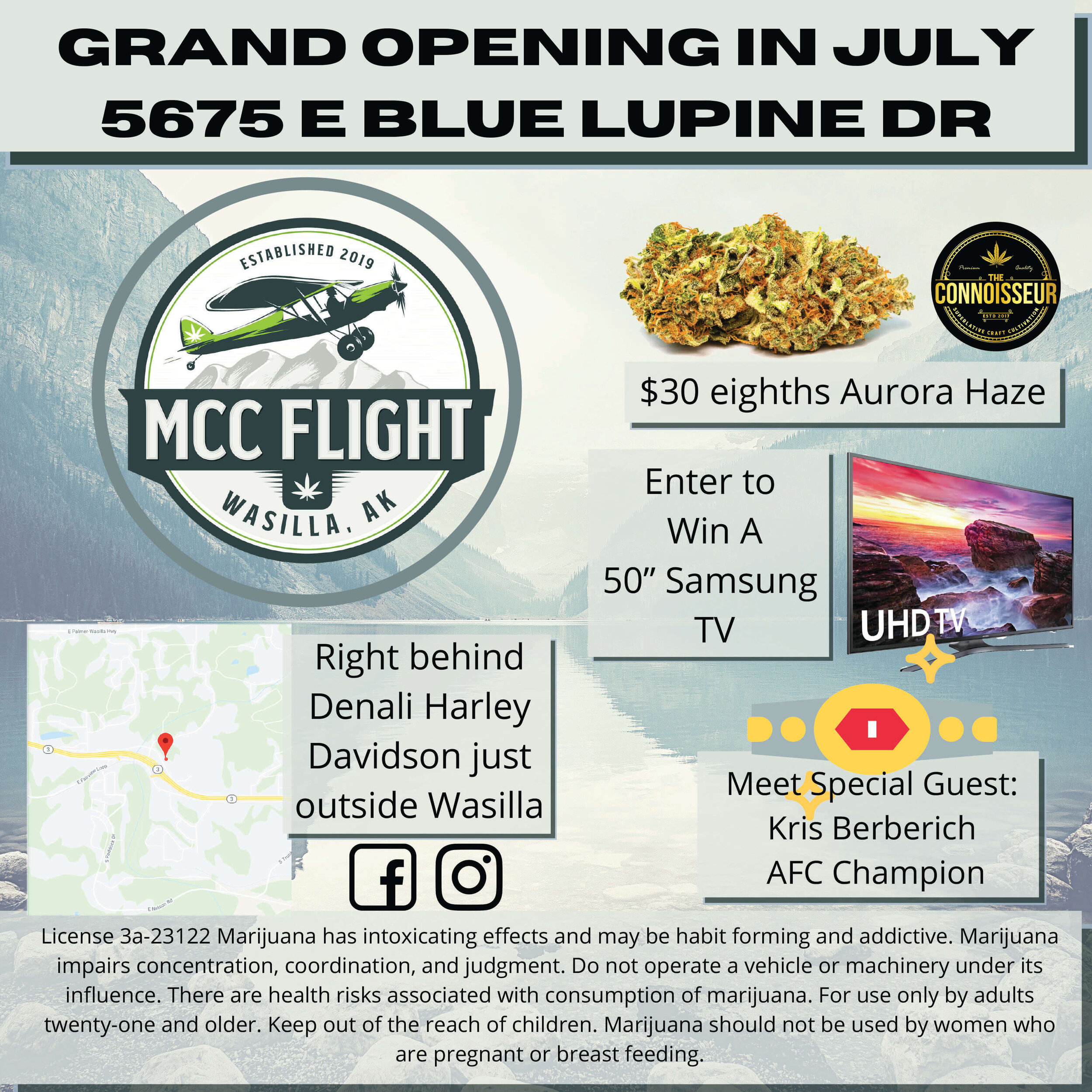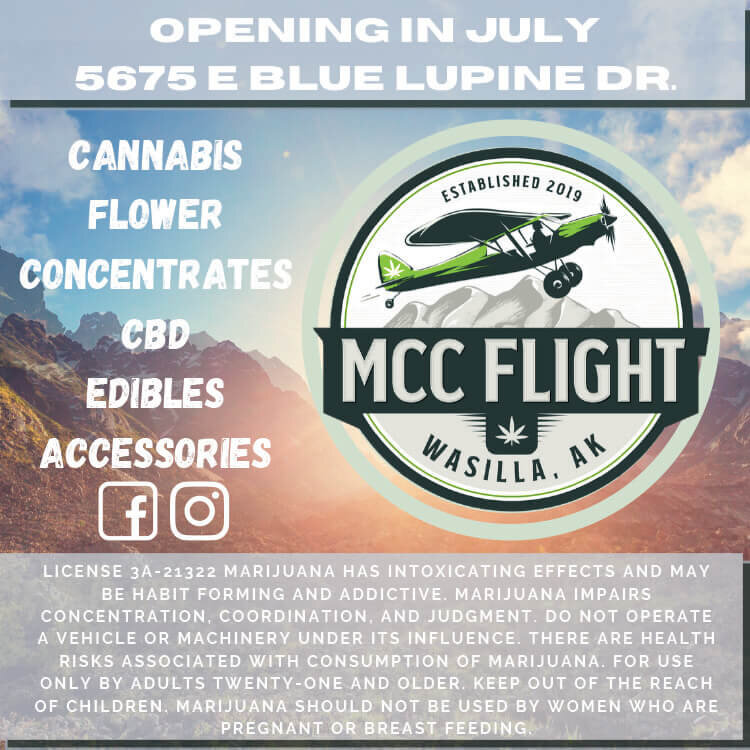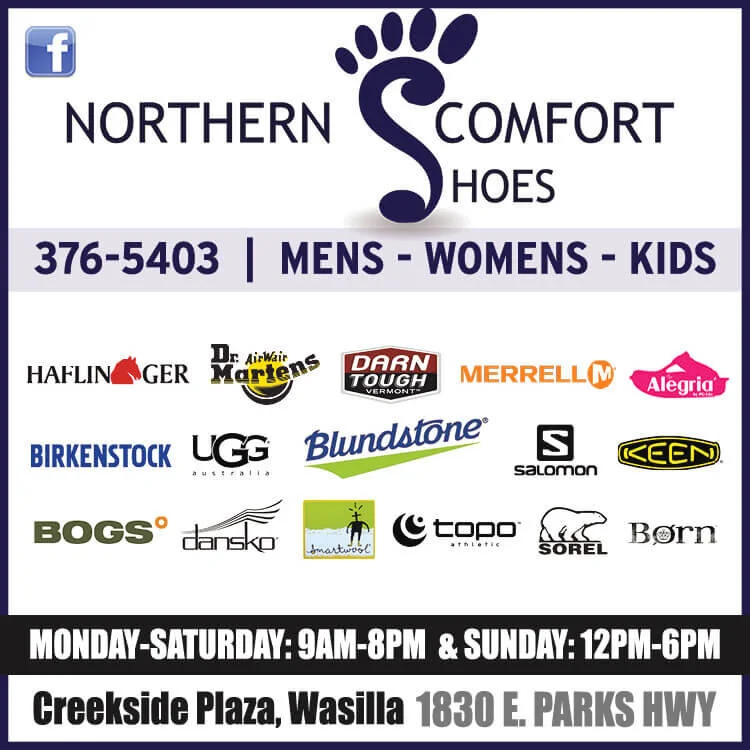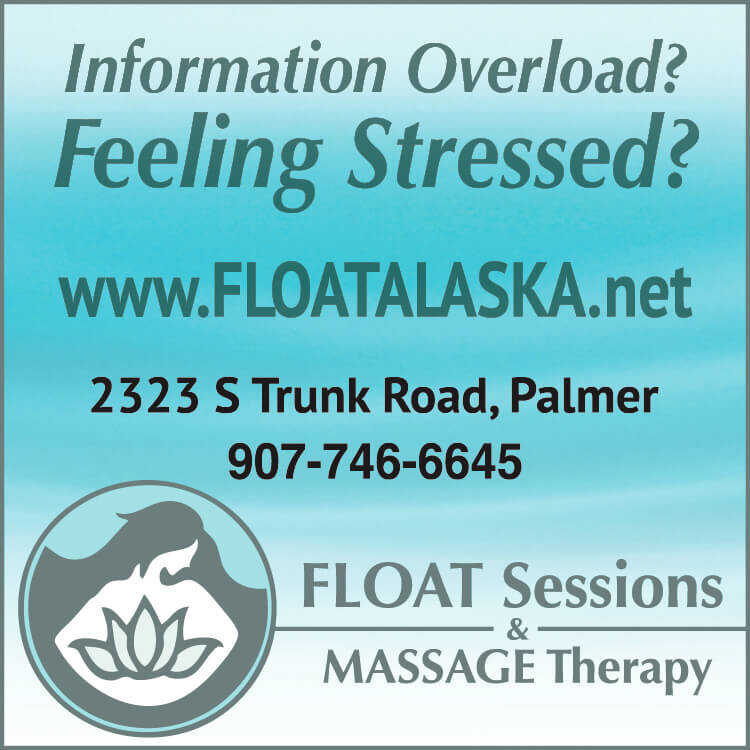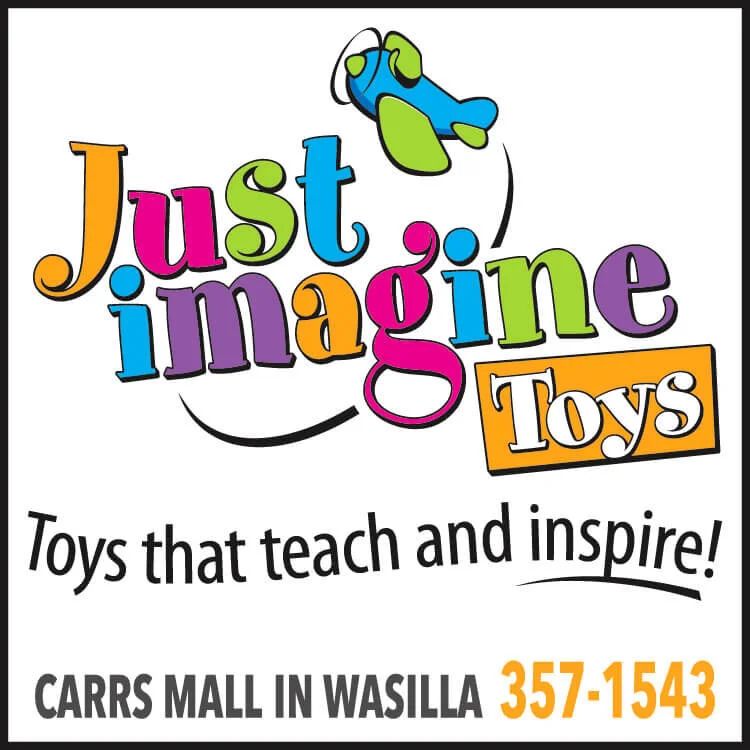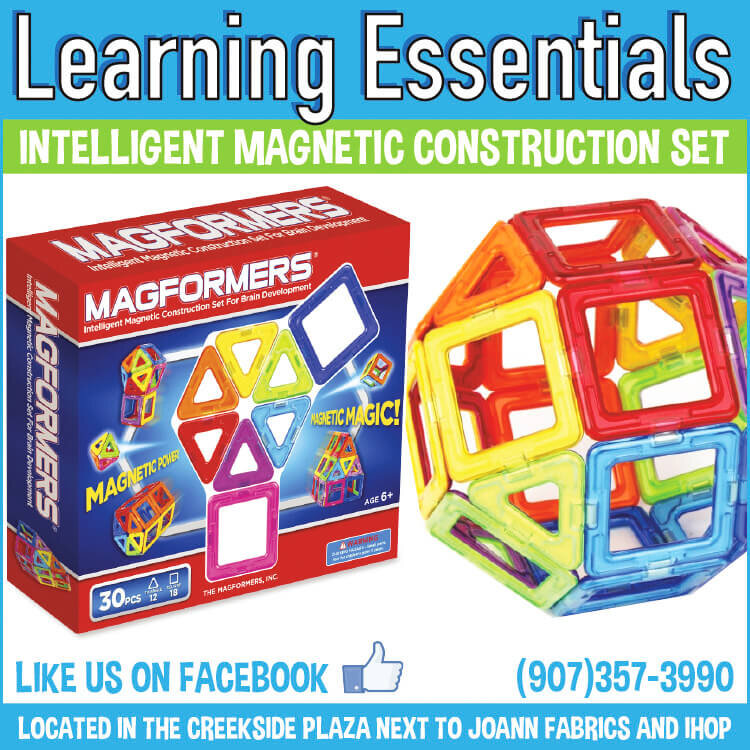Contributed by Michelle Overstreet, Executive Director of MY House
In 2016, we had 13 people die who were part of our MY House programs. One was murdered, one was a suicide and eleven were overdoses. We were horrified, and the entire staff, but especially case management, was left with a feeling of helplessness. When we looked at 2016 treatment outcomes, we had 4 clients complete treatment and 11 still involved in treatment at the end of the year. What could we do to change our death rate? We got busy!
By partnering with a local peer support company called Fiend2Clean, owned by a former client and a former college intern, we had a person in long-term recovery in our building every day, talking with and coaching youth struggling with addiction. CITC (Cook Inlet Tribal Council) joined us later in 2017, and we now enjoy having peer support with us at least three days a week. Jenn Martin, MSW, was trained by Set Free Alaska to do assessments, so when a client comes in and says, “I am ready for treatment,” we can say, “Great! Let’s do an assessment and see what kind of treatment would be recommended for you.” Her assessments are accepted by all local treatment providers except one, which is awesome.
And through our relationship with the Opiate Task Force, we expanded treatment choices in our area from several to over a dozen, and we partnered with Fiend2Clean for clean and sober housing. Why housing? So that even though Nugen’s Ranch, our only residential treatment provider for the Valley, has a waiting list of several months at a time, we can support clients in intensive outpatient treatment with sober housing and peer support for excellent outcomes and long-term treatment options with reduced risk of relapse due to unstable housing.
In 2017, MY House programs had ONE death. We had 11 clients complete treatment and 14 in treatment at year’s end. We are very grateful to the Opiate Task Force, local peer support providers, treatment partners, doctors and clinics supporting our clients’ medical needs, businesses who hire people in long-term recovery and prison re-entry programs and those who make donations to support our efforts throughout the Valley. It’s working, and lives are saved!
